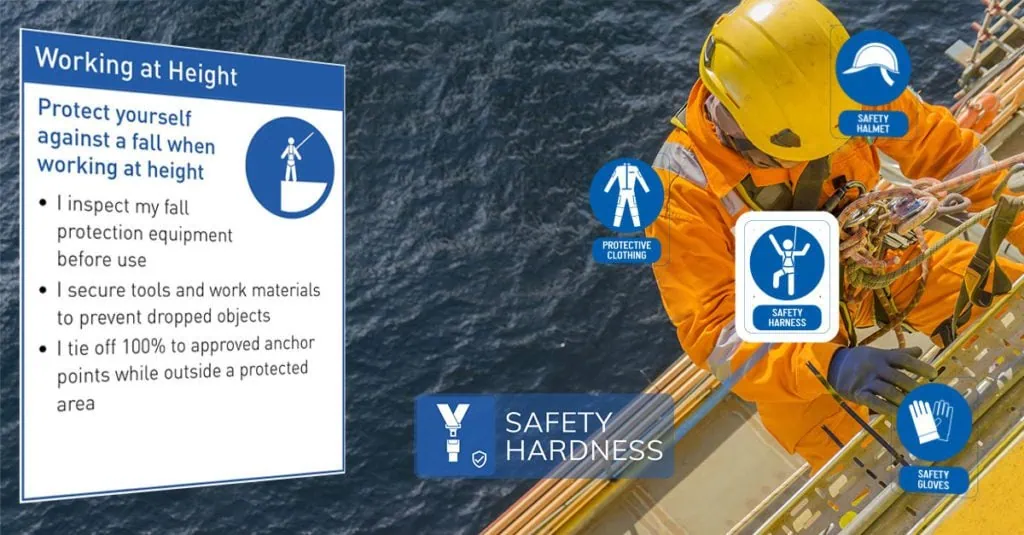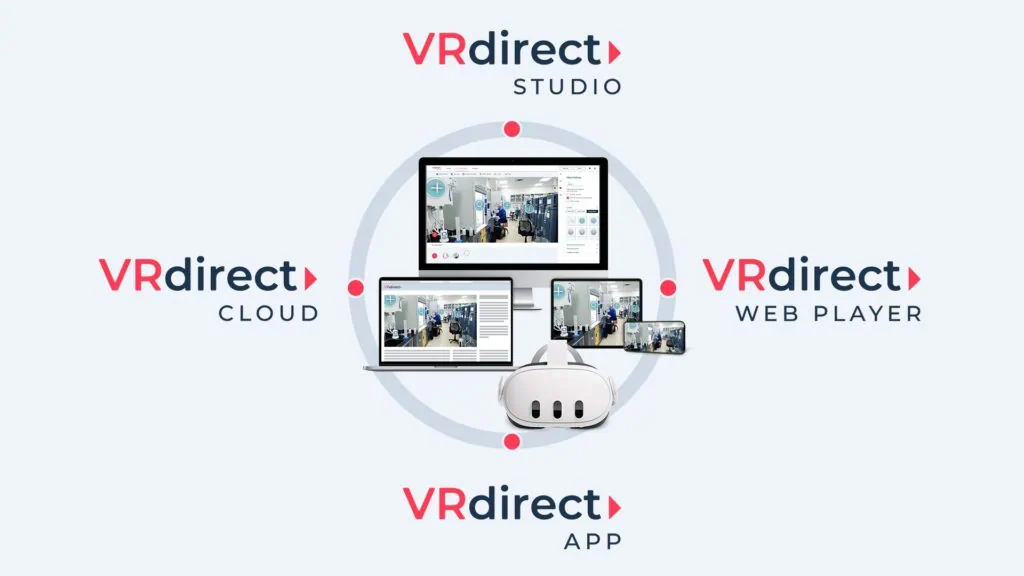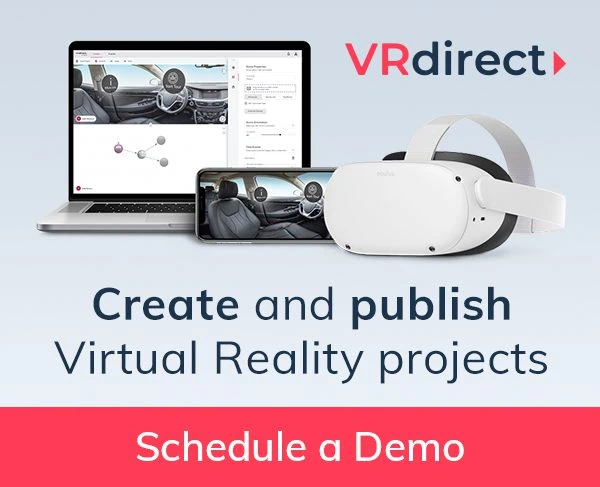In today’s fast-paced work environment, it’s crucial to be well-prepared for emergencies. Whether it’s a fire, a hazardous spill, or a medical emergency, the initial response can significantly impact outcomes. This knowledge is especially important for new employees, who need to be equipped not only with the skills required for their day-to-day responsibilities but also the ability to handle unforeseen crises.
Traditionally, emergency preparedness training involves lectures, written materials, and, if one is fortunate, a few drills. However, with the advent of Virtual Reality (VR) technology, this training has been revolutionized, offering an immersive, effective, and highly engaging way of preparing employees for emergencies.
Understanding VR-Based Emergency Procedure Training

The Value of Applying VR to Emergency Preparedness
- Highly Customizable Scenarios: VR training programs can be tailored to replicate the specific layout and potential hazards of an employee's workplace. This customization ensures that trainees are familiar with the environment they will navigate in an actual emergency, enhancing their ability to respond effectively.

- Increased Confidence: Practicing emergency response in a lifelike, virtual setting builds confidence. Trainees who have experienced simulated emergencies are more likely to remain calm and remember their training when faced with real crises.
- Accelerated Learning Curve: VR training is engaging and can be more focused than traditional training methods, allowing new hires to learn faster and more efficiently.
- Enhanced Retention of Knowledge: VR's immersive and interactive nature aids in better information retention. Trainees are not merely passive recipients of information but active participants in their learning, leading to a deeper understanding of emergency procedures.
- Flexible Learning Opportunities: VR training can be accessed anytime, anywhere, offering flexibility that traditional training methods cannot match. This flexibility ensures that all employees, regardless of their schedules, can receive comprehensive training.
- Safer Workplace: Ultimately, the most significant benefit of VR-based emergency training is the creation of a safer workplace. Well-prepared employees are the best defense against the escalation of emergency situations.
- Repeatable, High-Quality Training: VR scenarios can be repeated as often as needed, ensuring that all trainees receive the same high-quality training experience. This repeatability is crucial for maintaining a high standard of emergency preparedness across the organization.

Implementing VR Training: Steps to Success
- Assessment of Needs: Evaluate the specific emergency preparedness needs of your workplace. Identify the types of emergencies that are most likely to occur and tailor your VR training accordingly.
- Choosing the Right VR Platform: Using VRdirect, you can create your own virtual reality projects for safety training even if you have no coding skills. Just take 360° images and videos and use them to create your VR project. Additionally, our new AI feature enables the generation of 360° images for virtual reality projects directly within the VRdirect Studio, eliminating the need for a camera. If you want to learn more about our AI feature, please click on this link: https://www.vrdirect.com/blog/vrdirect-products-news/vrdirect-introduces-ai-to-simplify-virtual-reality-project-creation/

- Integrating VR into Training Programs: Incorporate VR training into your existing emergency preparedness programs. Ensure that it complements other training methods and aligns with your overall safety objectives.
- Continuous Evaluation and Improvement: Regularly assess the effectiveness of your VR training program. Gather feedback from participants and make adjustments as needed to ensure the training remains relevant and effective.
The incorporation of VR into emergency procedure training is a significant advancement in preparing employees for unexpected crises. By providing an immersive, customizable, and engaging learning experience, VR not only enhances the efficiency and effectiveness of training but also contributes to a culture of safety and preparedness. For new hires, this innovative training approach ensures that they are not only ready for their job roles but are also equipped to handle emergencies with confidence and competence. As organizations continue to recognize the value of VR in emergency preparedness, we can expect to see safer and more resilient workplaces, where employees are empowered.
Schedule a demo with us to experience how to integrate VR into your business:





